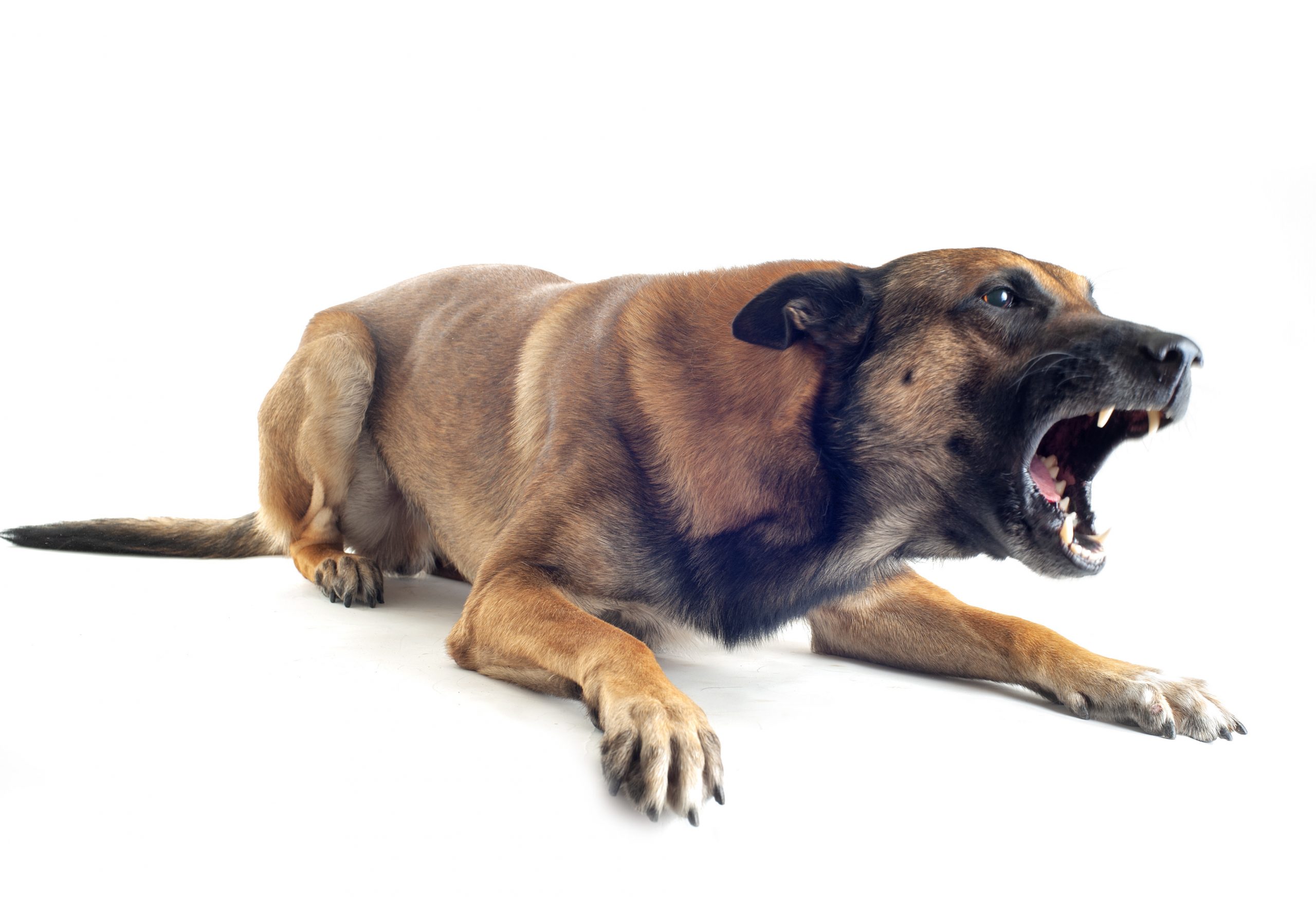Dog Bite Law in California

Introduction
Dog bites happen in a variety of settings. They occur on sidewalks, in parks, and even in homes. This article addresses dog bite law in California including the rights and remedies of those who have been bitten by dogs.
Strict Liability: Dog Bite Law in California
California imposes strict liability on dog owners. Strict liability makes a dog owner liable for their dog’s bite if the bite happens in public or on private property where the victim had a lawful right to be.
According to dog bite law, the owner is liable even if the dog has a history of being friendly and has never attacked someone before.
What is public property? Public property includes parks, sidewalks, and public places such as stores.
What is private property? Private property includes homes and residences.
What does lawful right mean? It means the victim is invited to be on the property.
As examples, John is walking down the sidewalk with his dog. The dog is on a leash. The dog lunges at Sally as she walks by and bites her. John is liable for the bite according to dog bite law.
Another example is John’s dog, Fido, is in the backyard. The dog is at the gate and sees another dog with its owner, Sally, walking on the sidewalk. Fido sees the dog and pushes open the gate. A fight occurs between the dogs. Fido bites Sally as she tries to break up the fight. John is liable for Sally’s injury.
As another example, John invited Mary to come to his house. Mary sits down on the couch in the living room. She is sitting and talking with John when Fido, John’s dog, jumps up and bites Mary. John is liable because Mary was lawfully in his house as a guest.
Exceptions in Dog Bite Law
An exception to a dog owner’s liability occurs when the victim is a trespasser. A trespasser can be someone who is illegally on property, such as a burglar. A trespasser can also be someone who strays beyond the bounds of the invitation.
As an example, Bob is at John’s house. John instructs Bob not to enter the backyard because of his dog. Bob ignores John and goes into the yard to look at the pool. John’s dog bites Bob. John is not liable.
Another exception is known as the assumption of the risk rule. Some people have jobs that come with a risk of being bitten. The most common occupations are veterinarians and kennel workers. They cannot recover under strict liability because they assume the risk of being bitten.
Comparative Fault
A victim can also be negligent even if the dog owner is strictly liable. For example, a victim shares blame for an attack if the victim harassed or provoked the dog. For example, John walks down the sidewalk and sees Bob’s dog, Fido, behind the gate. John starts throwing rocks at the fence to annoy the dog. The dog gets angry and breaks open the gate. Fido charges and bites John. John is comparatively at fault for the dog bite. His percentage of fault will reduce his damages. .
Schedule a free consultation to discuss your case. No pressure, just advice.
